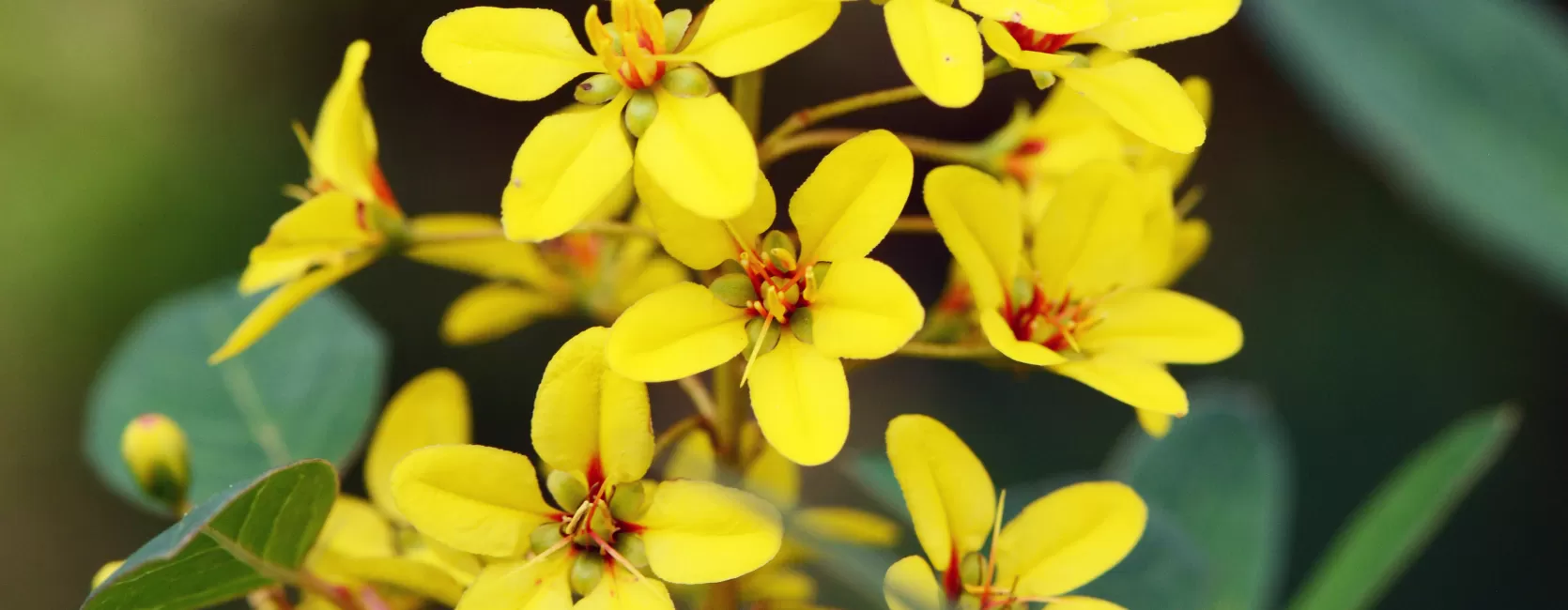Image


The collection encompasses all major groups of plants (bryophytes, ferns, gymnosperms and angiosperms) as well as algae (esp. marine algae and diatoms) and lichens. The fungi were transferred to the National Fungus Collection (BPI). The scope of the collection is worldwide, but with special strengths in the neotropics, North America, Pacific oceanic islands, the Philippines, and the Indian subcontinent. The herbarium has many important historical collections from the United States Exploring Expedition (1838-1842), United States North Pacific Exploring Expedition (1853-1856), LaPlata Expedition (1853-1856), Mexican Boundary Survey (1854-1855), California Geological Survey (1860-1867), International Boundary Commission: U.S. and Mexico (1892-1894), Colombia Cinchona missions (1940-1945), Bureau of Science (Philippines), Harriman Alaskan Expedition, and Regnell Expeditions (Brazil), as well as numerous recent expeditions.
Many of the plant groups represented in the U.S. National Herbarium rank among the finest and/or largest in the world. The flowering plant families of Acanthaceae, Asteraceae, Bromeliaceae,Gesneriaceae, Melastomataceae, and Poaceae have benefited from a long history of research and study as well as current specialist support. Other flowering plant groups that enjoy active support include Araceae, Commelinaceae, Onagraceae, Passifloraceae, Sapindaceae, Sterculiaceae, Theaceae, and Zingiberales.
The cryptogamic collections all rank as premier collections. The lichen herbarium is one of the largest and best curated collections in the world, numbering about 230,000 specimens. The collection of ferns and fern allies also rates as particularly significant, both in terms of size and scientific/historical value. The collections of algae have increased dramatically over the past two decades and represent an important resource for the study of tropical and subtropical marine taxa. Numbering over 120,000 specimens, the algal herbarium includes microslide and liquid-preserved material, as well as over 4,500 type specimens. Also contained in this collection but maintained at the physically separate Museum Support Center (MSC), are the complete Francis Drouet Cyanophyta collection and a separate diatom collection of freshwater and marine materials, both recent and fossil. Mycological collections of the Department are maintained separately with the National Fungus Collections (BPI), a branch of the United States Department of Agriculture, located in Beltsville, Maryland.
The extremely important Type Herbarium includes almost 90,000 specimens. All the collection and publication information for types have been computerized to facilitate data retrieval.
The D.C. (District of Columbia) Herbarium is maintained as a separate part of the worldwide U.S. National Herbarium. The D.C. Herbarium, now enlarged to cover the Washington-Baltimore Area, includes a separate section for Plummer's Island, MD, a much studied island in the Potomac just below the American Legion ("Cabin John") Bridge of the Capital Beltway.
Other important collection resources include a wood collection, maintained at the MSC, that numbers over 43,000 specimens and microslides of wood sections, and a pollen and spore reference collection of over 7,500 microslides.
Research programs in Botany may also make use of materials from other Departments in the Natural History Museum, such as the non-articulated coralline algae and fossil plant collections in the Department of Paleobiology and the strong ethnobotanical collections of the Department of Anthropology. The Department is located within easy reach of many other important reference collections in the Washington area, including the United States National Arboretum (NA), the National Orchid Collection, and the National Botanic Garden and Conservatory, where large living collections of plant species and horticultural varieties are maintained.
The Department maintains extremely active loan and exchange programs. About 50,000 specimens are lent annually to other institutions around the world, while an additional 20,000 specimens are exchanged.
For additional information about the collections, contact the Collections Manager